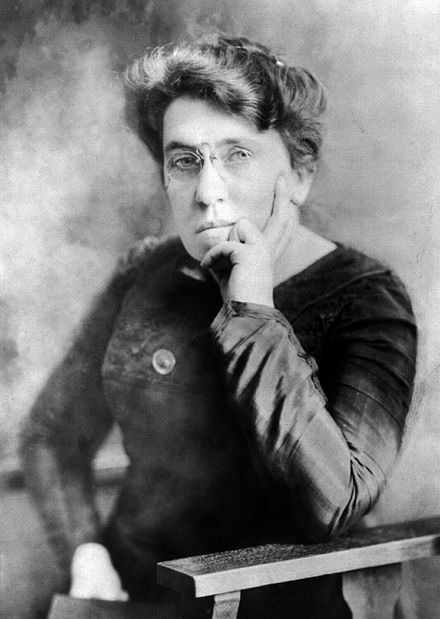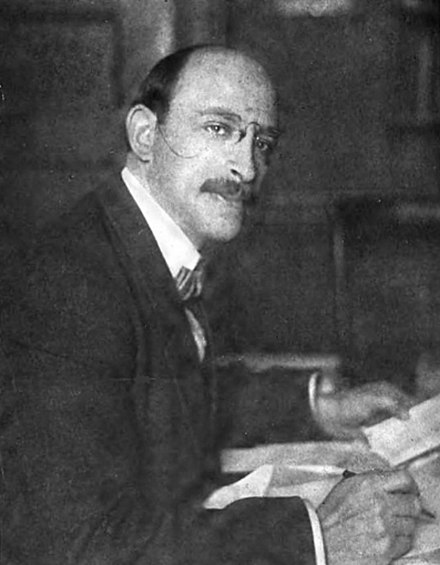HOUSEHOLDS
The Ela Alvy House
By Daniel Farber
I was pretty sure it was Knutson’s idea.
“Have you been to Eld Inlet yet?” she asked. “Kathy, Martha, Martine and I are going to take the trail down to the water at midnight. Want to join us?”
It was September 1976. My first day at The Evergreen State College was to start in two days. I was a suburban kid, growing up in Bellevue, Washington, having just graduated the previous Spring from Bellevue Community College. Knutson (first name Kathy but mostly she affectionately went by her last) was living in D Dorm on campus with 4 other women. I was down the hall with 4 other men, some of whom had yet to arrive when her midnight walking invitation was tendered.
“I don’t have a flashlight,” I responded. “Won’t it be too dark to walk.”
“Not to worry, responded, Knutson, it will be fine.”
And so it indeed was, as I found myself several hours later walking gingerly, hand in hand with three women and another man from the college parking lot down through the dark forest to a moonlit saltwater beach at low tide. We were holding more than hands that cool autumn evening. We were holding trust, sharing adventures, and building a youthful family network.
Over the subsequent year our connections flowed and ebbed. Living down the hall for a quarter or two, meals and conversations that went into the night were random and delightful. We stayed in touch with some folks more than others, but a year later when some of us decided to leave the dorms, five agreed to rent a house on Sherman Street, in Olympia’s Westside.
The Sherman Street house was one of several that had been purchased by TESC economics professor Chuck Nisbet. Chuck was the traditional economist in my Intro to Political Economy program (for fully explicable reasons the Marxist economist was uninterested in becoming a landlord!). Chuck and other homeowners would rent out “group houses” to Greener students. Back then, housing prices were such that a homeowner could rent to four or five students, cover the mortgage, and the students would have cheaper housing than in the dorms.
We packed that 3-bedroom house to the gills and filled it with cheap miscellany. Brian donated a horrid grass-green shag carpet (from his Bellevue family bedroom) for the living room, with fibers so long you could lose a Lego city and never know it was gone. Impossible to properly vacuum. Probably home to 5 million dust mites.
We used a picnic table for dining, placing it in the living room because the Lilliputian dining nook had been closed off to create Olympia’s tiniest bedroom, home to the bohemian Martine. I set up a manual flour grinder in the stairwell leading to the basement, where we would laboriously crank out wheat, oats, even (foolishly) soybeans for over-the-top wholesome and gritty bread and rolls.
While damp Olympia was not famous for water shortages, the group, nevertheless, had a strict “If it’s yellow, let it mellow” policy in the bathroom, prompting Brian’s future wife to mutter under her breath during one visit when the toilet pool had become particularly odoriferous and a deep shade of egg-yolk orange, “You’re all going to die of cholera.”
We took turns cooking dinners. Mostly vegetarian, with lots of homegrown bean sprouts that were produced in jars in a kitchen cupboard. Holly Near and Bonnie Raitt LPs played almost constantly on a stereo as we ate, and most evening meals were consumed by candlelight.


It was the era of statement-making, historically meaningful, politically leftist and radical house names. The Emma Goldman Collective met its match with the house named for her anarchist lover Alexander Berkman Collective, or the ABC house. But while our little group were all students going to an educationally innovative and controversial college, we tended to be awkward as political revolutionaries. No group meeting resulted in a call for a house identifier.
Not all of Olympia’s house names, of course, were outwardly political. Some were just plain silly. Nanny Noodles comes to mind. In that vein, I was noodling around the house one day when I started playing with our telephone number’s alphabet equivalence. Thus, was born the Ela Alvy (352-2589) house.
Who was Ela? Why, an early feminist from Sheboygan, Wisconsin of course! (Remember, these were pre-Wikipedia days so no one could look her up.) She fought for equal pay in the shipyards. She was a distant relative of Thomas Alva Edison. You know, make anything inspiring, run up the score, and see if the salmon bite on the bait.
Forty-seven years after we moved in to form that group house, not everyone remembers the name Ela Alvy. I thought it had become iconic, but clearly, I was mistaken.
Nevertheless, despite our lack of house name cleverness, Ms. Alvy’s inhabitants did indeed go on to change the world in positive ways. Of the six members of Ela Alvy that first year, one had a career in public school teaching, two in social work, one in journalism, one in architecture and one in park planning. Children were born and nurtured. Friends were loved and supported. Art was created and shared.
Ela would have been proud.
We encourage readers to use the form below to make comments and suggestions. Disclaimer
